 Fireball activity above Extremadura (southwest Spain) skies is being intense during this week.
Fireball activity above Extremadura (southwest Spain) skies is being intense during this week.
This occasion, the fireball flew above north Córdoba (Andalucía) first and then entered in Extremadura.
SMART Project’s detectors, as usual, registered the event. This time from the cameras operated at Calar Alto (Almería), Sierran Nevada (Granada), La Sagra (Granada), La Hita (Toledo) and Seville observatories.
And, one of the external surveillance cameras located at Calar Alto Observatory in Almería, could also record this nice object.
Following the preliminary analysis carried out by Professor José María Madiedo (Instituto de Astrofísica de Andalucía IAA-CSIC), and SMART project's PI, this fast event was caused by a rock detached from a comet which impacted against our atmosphere at an estimated speed of 234.000 km/h.
The luminous part of the phenomena started at an altitude of 124 km above the north of Córdoba province (northwest of Andalucía). Then the object moved northward, entering on Badajoz’s skies and finishing with a nice fulguration at an altitude of 63 km above the above this province.
The image shows the path this fireball followed above the ground.
In addition, below is the video that the west external surveillance camera at Calar Alto Observatory could register.
Calar Alto (CAHA) fireball detection station, together with the one at the Observatory of Sierra Nevada (IAA-CSIC) and others placed at different locations in Spain, are part of the S.M.A.R.T. project led by Professor José María Madiedo (IAA) to track that kind of objects. Specifically, Calar Alto (CAHA) station and the one at Sierra Nevada (IAA-CSIC) constitute a collaboration agreement between the IAA researcher José María Madiedo and both institutions.
 English (UK)
English (UK)
